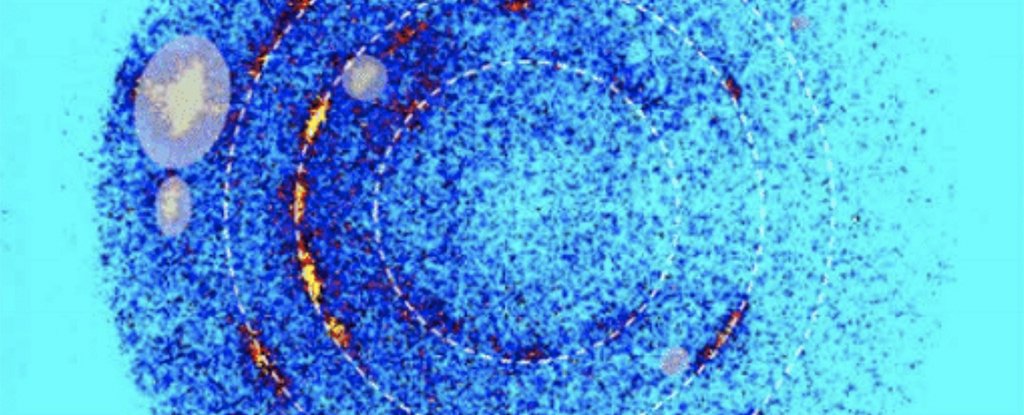Products You May Like
What happens to materials in Earth’s crust when a meteorite slams into them? Specifically, what happens to the quartz found in many different rock types? Scientists thought they already knew the answer – but new lab tests suggest we might have to think again.
In the absence of any imminent meteorite strikes, researchers used a custom contraption called a continuum gas-gun together with X-ray diffraction measurements to study what happened when quartz samples were hit by projectiles at ultra-high speeds.
The projectiles were shot with several times the force of a regular bullet coming from a rifle, subjecting the quartz samples to around 300,000 times normal atmospheric pressure. The results caused a strange transformation in the quartz that wasn’t what was expected.
Up until now, it had been assumed that silica minerals such as quartz, under these sorts of conditions, would transform into either a dense crystalline form known as stishovite, or a dense glassy structure.
What actually happened was the quartz became something between the two: a novel disordered crystalline phase that’s half way between full stishovite and full glass. Once the initial pressure subsided, the new structure couldn’t be maintained, however.
“Dynamic compression experiments allowed us to put this long-standing debate to bed,” says materials scientist Sally June Tracy from the Carnegie Institution for Science.
“What’s more, impact events are an important part of understanding planetary formation and evolution, and continued investigations can reveal new information about these processes.”
The chemical phases produced by the sudden shock, pressure, and heat of a meteorite strike can be incredibly short-lived, but these are the sort of processes that would have helped form our planet. If we know how they work, we can peer back into the past.
Quartz is made up of one silicon atom and two oxygen atoms in a tetrahedral lattice structure – and as both of these elements are common in Earth’s silica-rich mantle, scientists are keen to know more about how quartz forms and reacts. Stishovite is thought to be present much deeper below our planet’s surface as well.
Trying to figure out the geological composition of our planet, and how that composition came to be, is no easy task. These new results should help as scientists try and build up a picture of what happened across the billions of years before humans appeared.
In terms of lands and oceans and tectonic plates, our planet has changed a great deal over the last few billion years, and we’ve still got plenty more to discover about that process.
The research has been published in Science Advances.
